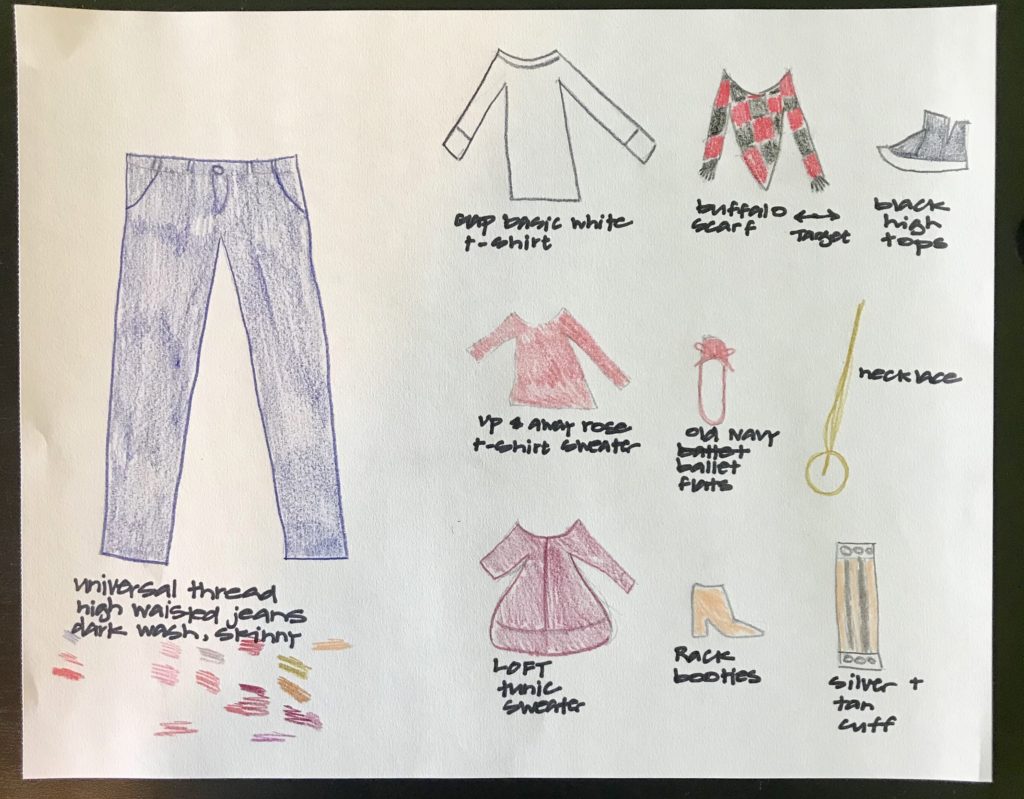Recently, I received a message from the Michigan Department of Education asking me to complete a survey responding to two questions: 1) Why did I leave teaching, and 2) What would it take to bring me back.
(For the record, this survey went out to everyone who left teaching, and not just me. I don’t want anyone getting the wrong ideas about my teaching capabilities.)
I took the survey, that promised to take eight minutes, and that took me well over that time allotment because these are not easy questions to answer even in essay form, let alone multiple choice. It’s complicated, is all I can write to sum it up. Leaving teaching has been like a bad break-up, and I don’t know if I’ll ever have a better response than that.
One of the reasons walking away from it has been difficult is because teaching is a part of who I am, and so lately, I’ve been trying to reframe what teaching is for me – or what I am for teaching.
These days, I feel like I’m beginning all over again, which makes me think of the word, “emerging,” which makes me think of one of my new favorite Early Reader books, Max Has a Fish. At first glace, the story seems pretty basic, but with just a few words – sight words at that – it captivates. There’s conflict and humor. There’s sorrow and joy. What’s best, it can be read independently, thus giving a beginner the best lesson of all: Even when you’re just starting out, even when you’re doing the heavy work of emerging, rich stories are made from what is seemingly simple.
So Max has this fish, and the fish can do a bunch of stuff, and Max is thrilled about it, except for one thing: the fish cannot dance. Max tries everything to show his fish how to bust a move, but to no avail. All seems lost until a bear in a tutu shows up and I don’t want to give anything away, but the story ends well.
I sat next to several students – both boys and girls – while they read this story, and each of them giggled, and sighed, and even gasped at parts of the story. Max Has a Fish might be an easy read, but it explores a complex and wonderful concept: friends come in all shapes and sizes and have different abilities and personalities. Some of us prefer to enjoy the music of the world inside our safe bubble, some of us desire to put on that tutu of tulle, and dance to what it is we hear. What’s more, we can change how we feel – there’s no limit to what a friend, and a friendship can be or do.
Max Has a Fish is like a great pair of jeans. Basic, sure, but that does not mean bad or boring. I think of basic as something sturdy, something foundational, something to be sure of when you are beginning.
{Ways In}
For Early Readers:
- Student could get into groups of four: narrator, fish, Max, and the Bear, and act the story out.
- Students could write and/or draw what the conflict of the story was, and how the problem was solved.
- Have students draw what animal they would have as a pet and write why they’d want that pet, and what activities they’d want to do with that pet.
For Middle School Students:
- It seems ridiculous, at first, to have students at this age study this book, but it might be a good exploration of what can be done with a few words – and basic words at that. Students could annotate the plot line as well as the artwork, and then come up with their own emerging reader book, perhaps to be given to their elementary school or classroom as a gift.
For You:
- If you can, get a copy of Max Has Fish and after enjoying the story (it’s delightful), see if you can write something similar in your preferred genre. Can you do it in 75 words or less?
- Look at your writing and highlight or underline what you think is the emerging theme or “heart” of your piece. Write that line or those lines at the top of a new piece of paper, and from there, think of at least five different ways to write what your piece is about. Next, write four details that illustrate that theme. Consider three pieces of dialogue, two metaphors, and one question that would illuminate the heart of your work in progress.


Leave a Reply